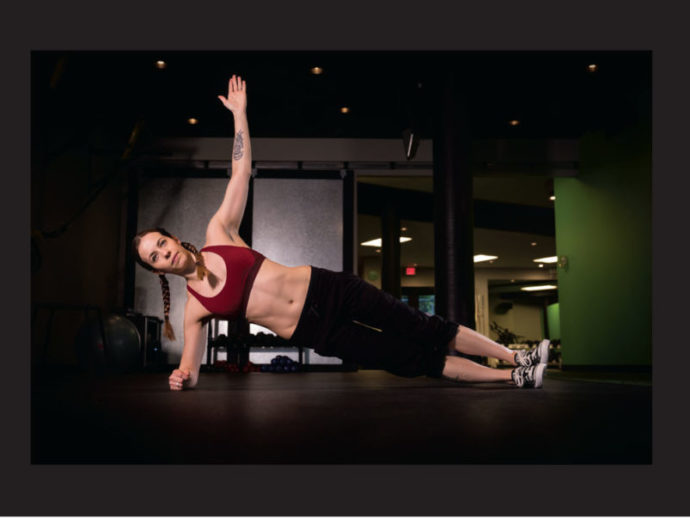
It’s easy to think that “core training” is synonymous with “get a six pack”: that elusive pre-beach season goal. But core training is about much more than that.
The core includes our low- and mid-back, hips, pelvis and glutes. It acts as the link between our upper body and lower body, providing stability for the spine and pelvis, preventing and reducing back pain and controlling our balance.
Here are three core exercises to incorporate into your workouts ASAP. To help bulletproof your body against injury, improve posture and increase athletic performance, perform these exercises two to three times per week.
Aim for three sets of the prescribed number of reps for each exercise.
Stability Ball Stir the Pot
Reps: 10 circles in each direction
Popularized by spinal researcher Dr. Stuart McGill, this exercise activates the deep core muscles without putting the spine into unnecessary flexion.
- In a plank position with your forearms on a stability ball, brace your core (as if you’re about to get punched in the stomach).
- In a clockwise motion, slowly roll the ball in circles with your arms. The rest of your body should stay completely stationary.
- Repeat in a counter-clockwise direction.
Stability Ball Mountain Climber
Reps: 10 on each side
Here’s a unique mountain climber variation that challenges your balance and stability while working your entire core at once.
- Start with your hands on the floor and the tops of your feet on a stability ball.
- Lift one leg off the ball, tucking your knee toward your chest. Hold this position for 1 to 2 seconds, then return to the start position and repeat with your other leg.
- Maintain a rigid plank and flat back throughout this exercise.
Hanging Knee Raise
Reps: 10 to 15
This exercise is an effective lower abdominal strengthener. It’ll also help you get better at performing pull-ups: it increases your upper body and grip strength, and the start position mimics your body’s position during a well-executed pull-up.
- Hang from a chin-up bar with legs straight. Activate your lats to pull your shoulder blades down and back. Tilt your pelvis so the front is raised and back is dropped (called a “posterior tilt”) and keep your feet slightly in front of your body, so that your entire core is engaged.
- Exhale and slowly bring your knees toward your chest. Lower to the start position and repeat for reps.
- Maintain the posterior tilt and engaged back muscles throughout the exercise, and keep the entire motion under control. No swinging!








